Text

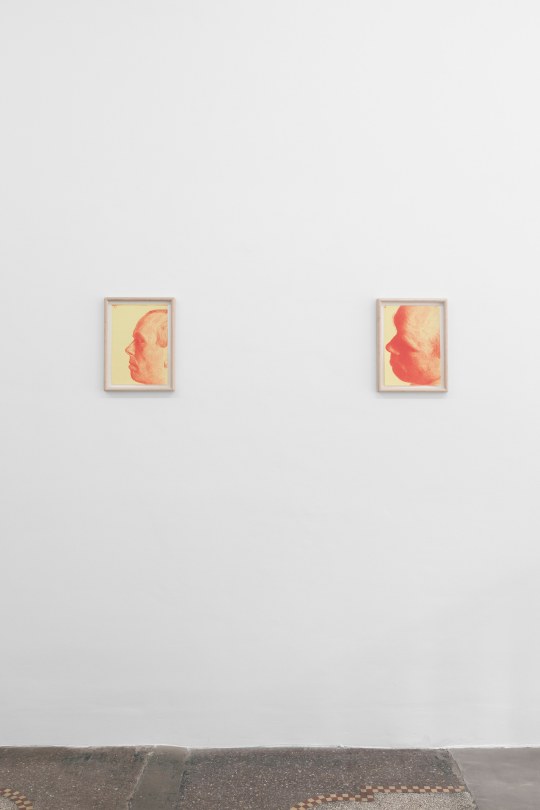
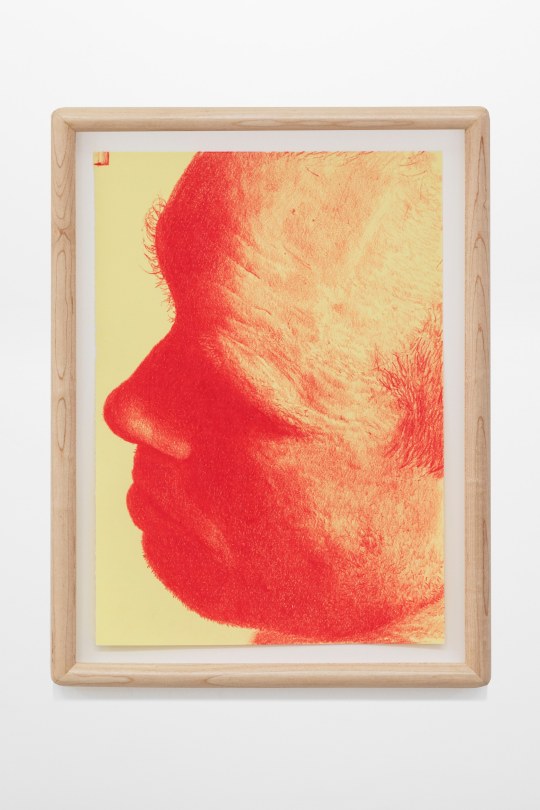
Ed AtkinsEd Atkinsdépendance, Brussels
April 19 – May 20, 2023
Checklist
Venue website
View in Contemporary Art Library
Images courtesy of the artists and dépendance, Brussels. Photos by Alice Pallot.
Exhibition Images
This page contains 27 images and 0 videos documenting this exhibition. 0 images contain text descriptions.
0 notes
Text
0 notes
Text
https://www.tdcj.texas.gov/death_row/dr_executed_offenders.html
Death Row Information
Executed Inmates
0 notes
Text

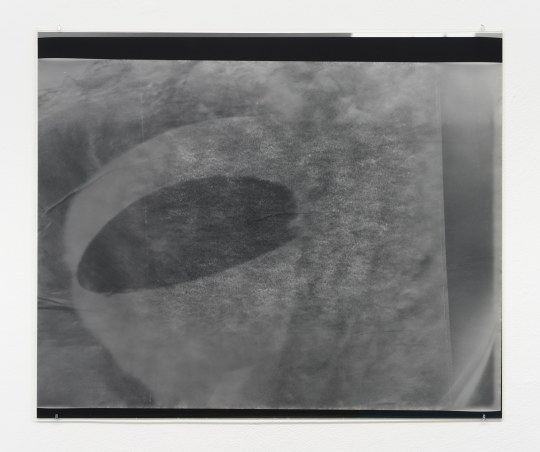
Tony ChrenkaTheta, New York
October 27 – December 16, 2023
Press Release
Checklist
Venue website
View in Contemporary Art Library
0 notes
Text

Thought this could fit here: "The beach you've visited most" , by me, acrylics on canvas, 2023 by dergeraet93
0 notes
Text
0 notes
Text
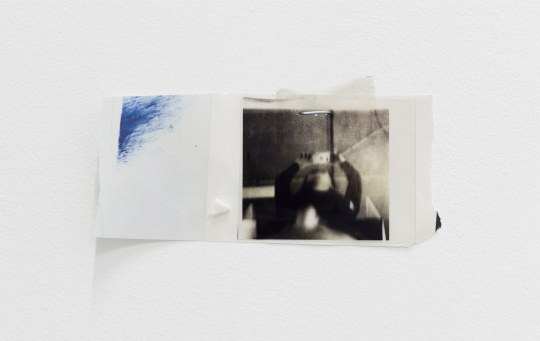

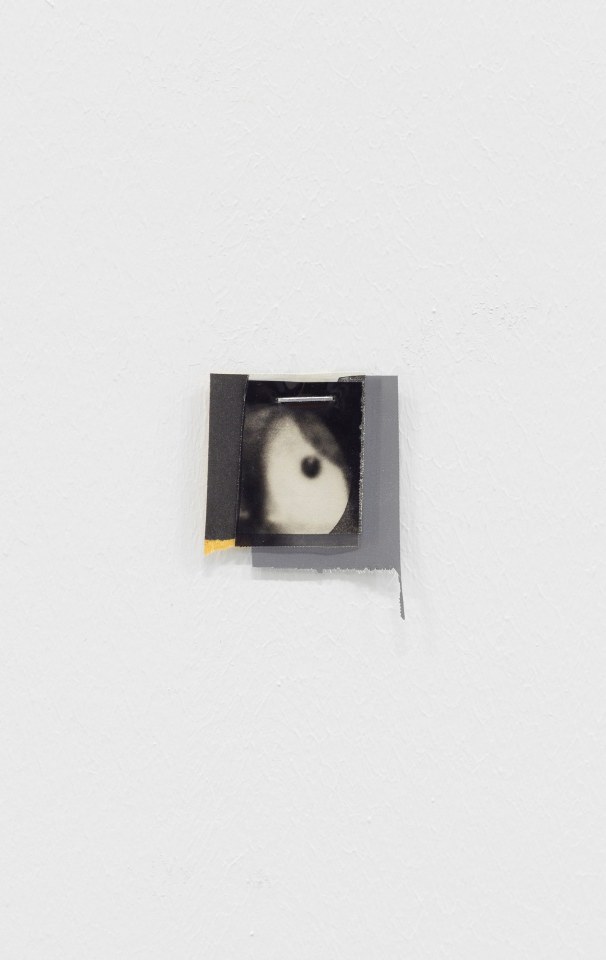


B. Ingrid OlsonPleasure Trafficfluent, Santander
September 29 – November 24, 2023
Press Release
Checklist
Venue website
View in Contemporary Art Library
0 notes
Text





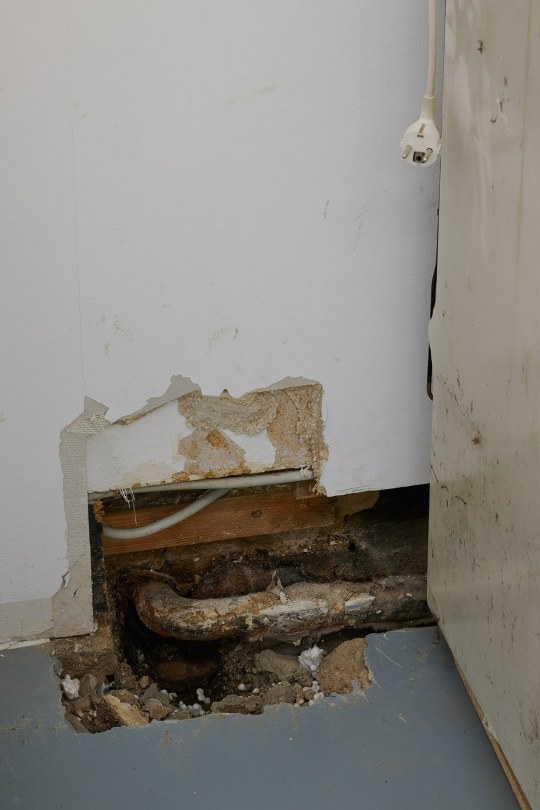
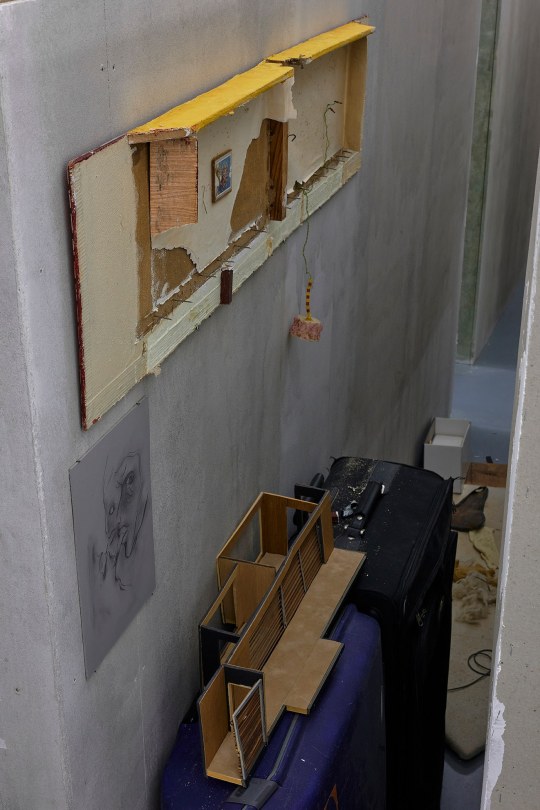
Tolia Astakhishvili with collaborations with Zurab Astakhishvili and James Richards, and contributions by Ketuta Alexi-Meskhishvili, Kirsty Bell, Vera Palme and Ser SerpasThe First FingerBonner Kunstverein, Bonn
March 25 – July 29, 2023
Curated by Fatima Hellberg
Press Release
Guide
Venue website
View in Contemporary Art Library
Images courtesy of the artists and Bonner Kunstverein. Photos by Mareike Tocha.
1 note
·
View note
Text
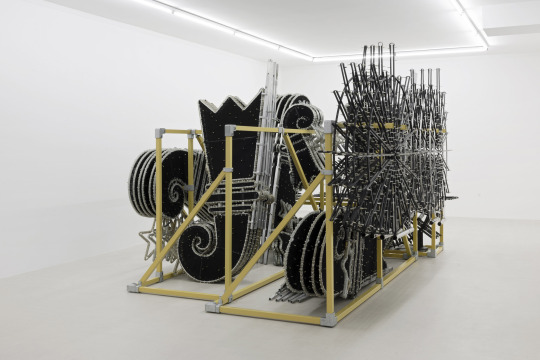
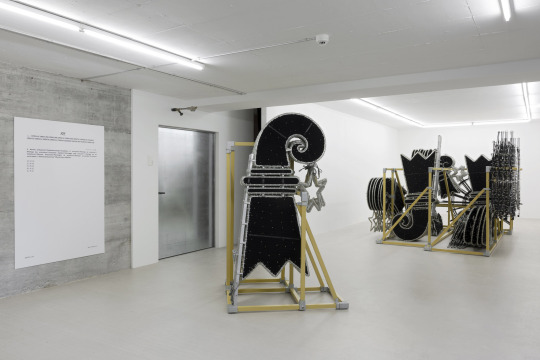

Artist: Judith Kakon
Exhibition title: commuted, ordered, incited, assisted or otherwise participated
Venue: For, Basel, Switzerland
Date: June 11 – August 27, 2023
Photography: Gina Folly / all images copyright and courtesy of the artist and For
«Cow» does not simply mean that spotted or non-spotted animal living in the Swiss Alps, on the streets of Agra or in factory farming. Nor is the «Baselstab» simply a bishop‘s crook, an ancient Egyptian insignia or a hippocampus, symbol of emotion or male pregnancy. The denotation – the neutral literal meaning – does not exist. This seems to have become clear by 1973 with Stuart Hall‘s famous essay «Encoding Decoding». The meaning of a word, a symbol or a Christmas star is only completed in the process of decoding, which gives us a certain power over interpretation. The supposed denotation is, thus, always a connotation, of which there are many, but only one with which most agree. It is this dominant reading that feeds the misunderstanding that there is a literal and, therefore, neutral meaning. A misunderstanding that Hannah Arendt describes as the banality of evil. Dominant discourses may hijack meanings and fading ideologies lose interpretive authority. Desire for consumption is mirrored in the consoling glow of Christmas lights, as we have learned to communicate our love to our loved ones through commodities. But the will to understand the glowing stars in this way is waning, and the time seems ready for a collective reinterpretation. Welcome!
0 notes
Text
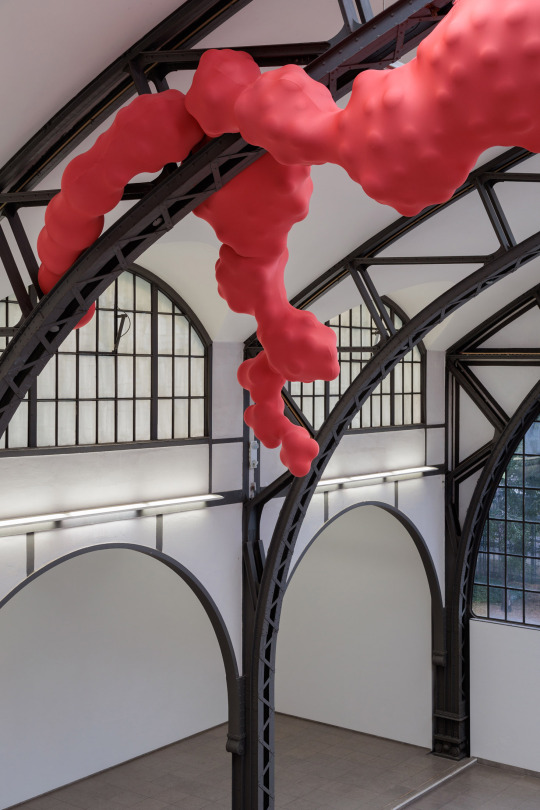
Artist: Eva Fàbregas
Exhibition title: Devouring Lovers
Curated by: Anna-Catharina Gebbers
Venue: Hamburger Bahnhof, Berlin, Germany
Date: July 6, 2023 – January 14, 2024
Photography: ©Jacopo La Forgia / all images copyright and courtesy of the artist, Hamburger Bahnhof, Berlin and Bombon Projects, Barcelona
Note: Exhibition’s booklet is available here
Eva Fàbregas takes over the historical hall of the Hamburger Bahnhof with a monumental, site-specific installation. The artist’s largest solo exhibition to date expands the boundaries of sculpture, inviting visitors to a sensual, spatial experience. Biomorphous sculptures transform the museum’s architecture, which is character- ized by industrial iron girders, into an organically grown space.
With this new commission, Fàbregas (b. 1988 in Barcelona, lives and works in London and Barcelona) responds to the passage-like architec- ture of Hamburger Bahnhof’s main historical hall. The soft and bodily ob- jects, characteristic of the artist’s work, spread out throughout the entire space, from the sides, from the ceiling, and through the metal structures. Slight vibrations and movements emanating from them cannot be clearly identified, but are almost physically perceptible. The mix of sculpture and movement reorients the visitors’ experience of the hall. The borders be- tween technically generated, and the human and non-human worlds be- come blurred. Visitors find themselves immersed in this organic-technical environment.
***
What are the limitations of desire? How can a feeling be transmitted through and with objects? These are some of the fundamental questions that Eva Fàbregas explores through her work. For her largest solo exhibition to date, the Barcelona-based artist has created a monumental installation that she conceived especially for Hamburger Bahnhof’s main historical hall. Flesh-like sculptures wind around the hall’s metal girders, like devouring lovers, creating a surreal impression of organs growing from metal. Slight vibrations animate some of the seventy sculptures reinforcing the impression of tentacles. The entire hall becomes a breathing organism where the boundaries between the technologically generated and the human / non-human worlds blur.
Working with soft and malleable materials, Eva Fàbregas’ work embraces tactile engagement, physical intimacy, and sensorial relations, where touch is a primary source of knowledge. Her work is about learning through one’s fingers and the sculptures are often reminiscent of body organs and voluptuous glands, but she also looks at prosthetics as well as non-human life forms such as corals, polyps and the reproductive parts of plants. Fàbregas aims to fully inhabit the world of the senses, creating sculptures that invoke a pre-linguistic stage to imagine other possible bodies, other ways of feeling, caring and being in the world.
0 notes
Text


Every now and then I am reminded that we spend the vast majority of our time indoors: at home, at school, at the office, in shops and retail spaces, in bars, clubs and restaurants, in the apartments of friends and relatives, in train stations and moving vehicles, in hotels, venues and theaters, in museums, churches and hospitals – big boxes and little boxes with varying ratios of functionality to ornament.
Every now and then I am also reminded that we live in an air-conditioned dream/nightmare. In standard hotel rooms, split AC units are now as common as bedside bibles used to be. In most cases, these units are fixed to the wall above the entrance door, so that upon entering the room, guests can briefly enjoy a view unencumbered by the sight of the bulky appliance – a sort of icon corner in reverse, since an icon corner is usually located to be visible when you first enter. Once you lay down on the bed and gaze up at the familiar yet bewildering piece of engineering, you might begin to wonder: what’s the optimal temperature? Will I get sick if I sleep with the AC on? Is this thing more ugly than it is convenient? Would natality rates suddenly drop if these machines didn’t exist? Is this a tool that “brings energy home” as Ursula K. Le Guin would have it, or one that “forces energy outward?” How does it work? What’s inside the box? Is it good, is it bad? Where is the remote control for this thing?!
Although the overhead placement of these split units is clearly a matter of practicality, I can’t help but overthink and ask myself if we also tend to place them at such heights, along with other physical objects including speakers, curtains, wall reliefs and friezes, because they pertain to immaterial realms such as temperature, sound, light and narration. As a “unit,” this compact object is at once whole and dependent upon an unseen network, which suggests a hidden elsewhere beyond the confine of the room. While its boxiness could bring to mind minimalism’s so-called “specific objects” (objects that can be apprehended on a phenomenological level), the idea that it contains unseen parts and is linked to an unseen system constitutes a conceptual or even metaphoric opening. Philip Seibel’s quietly baroque Gehäuse sculptures consciously play with this dichotomy.
In borrowing some of the formal qualities of these units, Seibel paradoxically empties them out, thereby turning what first appears to be an enclosure into a container or a vessel where other ideas can get on board like stowaways. Looking up at his Gehäuse makes us aware of the many other vessels and boxes that create and sustain the conditions for our lives, those that shield us and our belongings, or again, those which act as receptacles for our fears and aspirations. Like ships made of reeds, there is something sensible but absurd about Seibel’s encasements. Their sleek finish seems to conceal something that is beyond our reach; or at least, it blurs the line between the manufactured and the handcrafted, the real and the fake, the readymade and the not already made, the functional and the decorative, the office, the hotel and the gallery.
Emile Rubino
3 notes
·
View notes
Link
3 notes
·
View notes
Link
2 notes
·
View notes